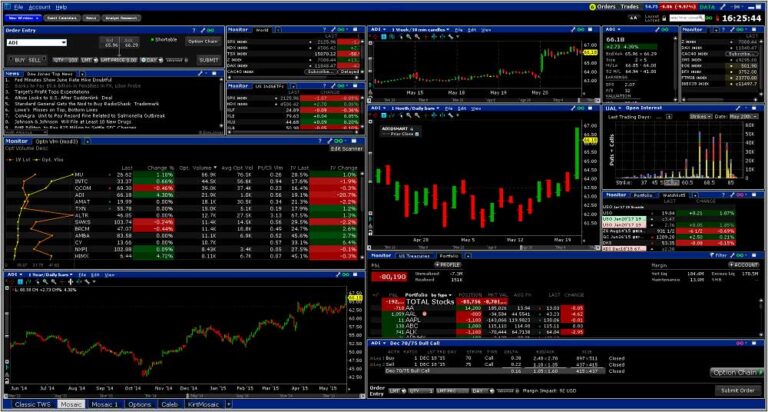What is cfd trading
An additional benefit from trading CFDs – as opposed to buying and selling traditional assets, is that you will often benefit from low fees. Once again, this is because the broker is not required to purchase the asset on your behalf Versus Trade.
U.S. residents may not be allowed to trade CFDs, but there are other exchange-traded products offered by U.S. brokers – such as forex, futures, options, and securities – that can provide similar exposure to underlying assets. For example, several U.S. forex brokers offer micro-futures contracts from the CME, which allow traders to speculate on indices, metals, commodities, and forex futures contracts.
CFDs are complex instruments and come with a high risk of losing money rapidly due to leverage. Between 51% and 89% of retail investor accounts lose money when trading CFDs. You should consider whether you understand how CFDs work and whether you can afford to take the high risk of losing your money.

Cfd trading account
A contract for difference, or CFD, is a tradeable instrument that tracks the price of an underlying security or asset. CFDs are available for a wide variety of asset types and classes, such as forex, shares, and cryptocurrencies. This popular form of derivative trading takes place off-exchange or in the over-the-counter (OTC) markets with online brokers.
You profit from CFD trading by accurately predicting price movements, going long in rising markets, and going short in falling markets, leveraging both market directions for potential gains while employing effective risk management strategies.
CFDs are traded via OTC markets in Australia, Belize, Canada, Chile, Denmark, France, Germany, Italy, the Netherlands, New Zealand, Singapore, South Africa, Spain, Sweden, Switzerland, Thailand, and the United Kingdom.

A contract for difference, or CFD, is a tradeable instrument that tracks the price of an underlying security or asset. CFDs are available for a wide variety of asset types and classes, such as forex, shares, and cryptocurrencies. This popular form of derivative trading takes place off-exchange or in the over-the-counter (OTC) markets with online brokers.
You profit from CFD trading by accurately predicting price movements, going long in rising markets, and going short in falling markets, leveraging both market directions for potential gains while employing effective risk management strategies.
Cfd trading
Swing Trading: Capture “swings” or price movements within a trend. Hold positions for a few days to weeks, aiming to profit from short to medium-term market fluctuations. Also set clear entry and exit points based on technical analysis, and consider fundamental factors for longer-term trends.
Leverage allows you to decrease the size of your deposit and use your capital more effectively. Leverage trading involves using the cash in your brokerage account as a deposit, known as margin, so that you only put up a percentage of the cost of buying a position. When trading with leverage, potential profits or losses will be calculated according to the full size of your position, not just the margin.
The combination of spread costs, overnight financing charges, limited regulatory protection, and amplified losses through leverage means CFDs are best suited for knowledgeable traders with robust risk management strategies and enough capital to withstand drawdowns. Regulatory bodies worldwide have recognized these risks, with the European Securities and Markets Authority putting more protective measures in place for retail investors and the SEC prohibiting CFD trading for American retail traders entirely.


No responses yet